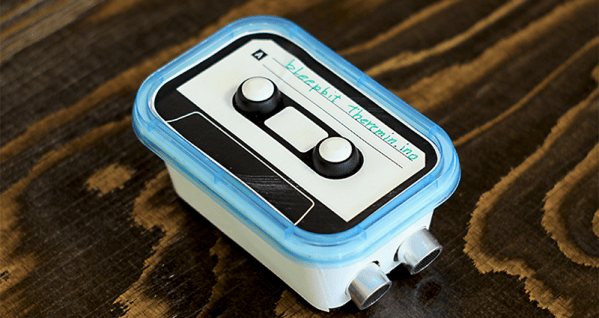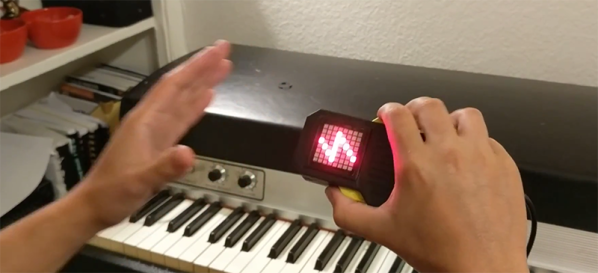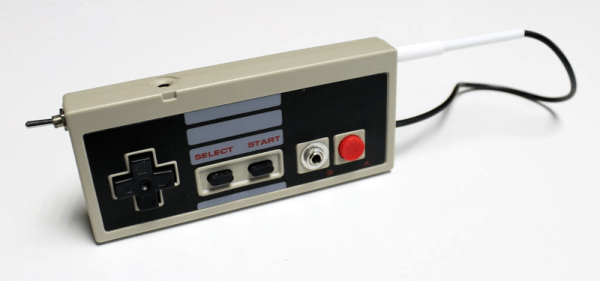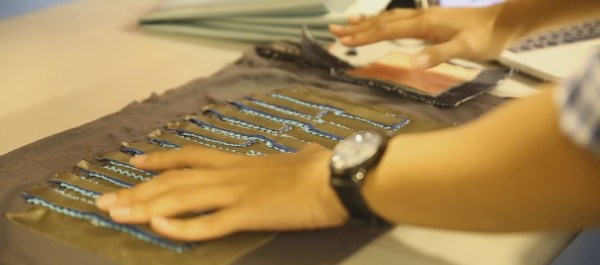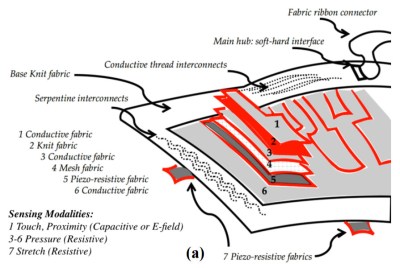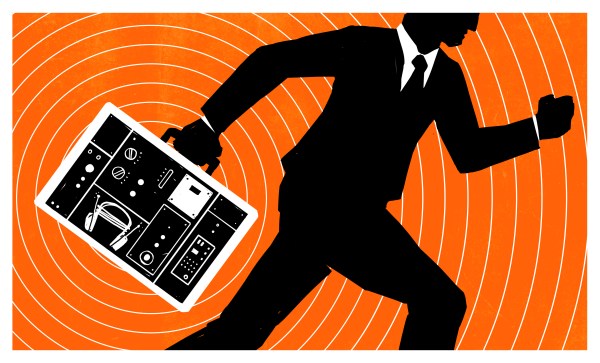If you want to visualize sound waves, you reach for your oscilloscope, right? That wasn’t an option in 1905 so physicist [Heinrich Rubens] came up with another way involving flames. [Luke Guigliano] and [Will Peterson] built one of these tubes — known as a Rubens’ tube — and will show you how you can, too. You can see a video of their results, below. Just in case a flame oscilloscope isn’t enough to attract your interest, they are driving the thing with a theremin for extra nerd points.
The guys show a short flame run and one with tall flames. The results are surprising, especially with the short flames. Of course, the time base is the length of the tube, so that limits your measurements. The tube has many gas jets along the length and with a sound source, the height of the flames correspond to the air pressure from the sound inside the tube.


